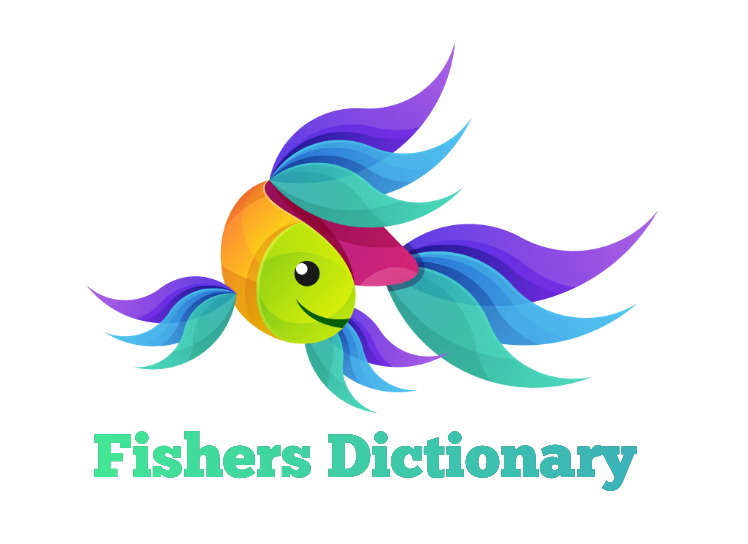The pelagic zone is the region of a body of water (lake, river, or ocean) that is not associated with the bottom (see benthic zone) or shore (see littoral zone). This habitat zone is truly a three dimensional habitat space. Some fish that occupy the pelagic zone never encounter the bottom or shore throughout their lives. Because the pelagic zone is a nutrient poor environment, large fish have two basic strategies to get meals – either swim long distances in search of nutrient-rich prey (like many oceanic sharks and tunas) or drift with currents and eat nutrient-poor prey (like the Ocean Sunfish Mola mola). (fishionary.fisheries.org/pelagic-zone)
The pelagic zone is divided into zones based on light penetration from the surface:
- Epipelagic (sunlight; 0-200m)
- Mesopelagic (twilight; 200-1,000m)
- Bathypelagic (no light; 1,000-4,000m)
- Abyssopelagic (4,000m – ocean floor)
- Hadopelagic (deep sea trenches)








0 Comments